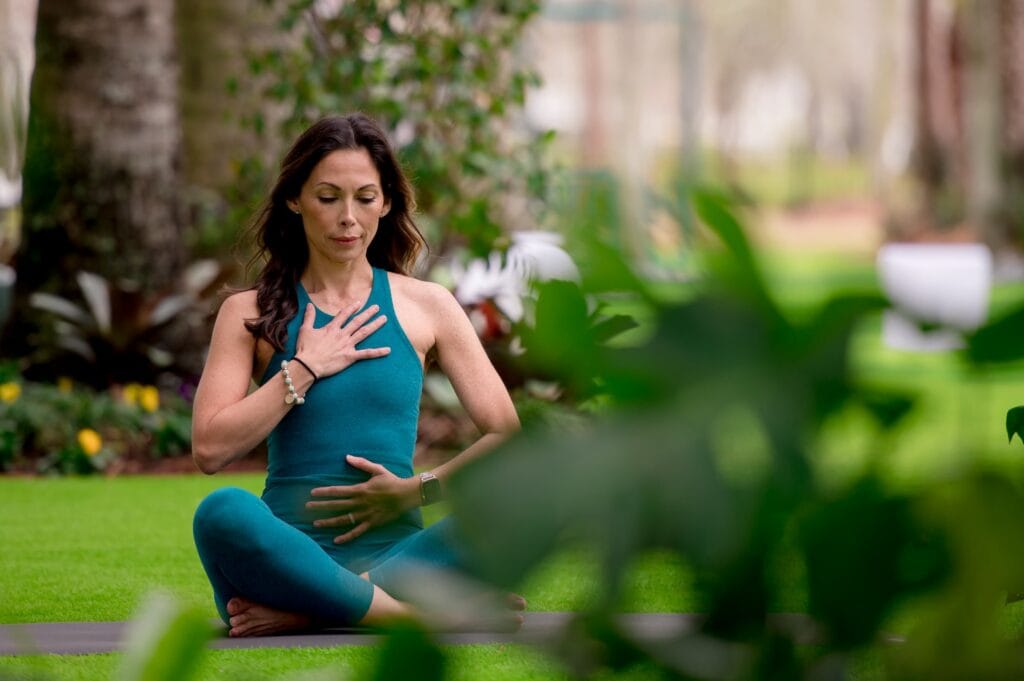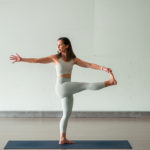
Ujjayi Pranayama
Come to nearly any yoga class and the instructor will mention the breath. The breath is essential in yoga practice. However, the breath is essential in soccer practice or swimming practice as well. Heck, the breath is essential in driving a car or reading this article. The breath is ESSENTIAL. It is what gives us life!
In yoga, the breath, or prana, is considered our vital life force. It may sound esoteric, “vital life force” or “prana,” but there is only one element that survives without breath, death. Yama translates as control. Thus, pranayama are specific methods of breath control.
There are various forms of pranayama. Most are practiced exclusively, without asana, or yoga postures. Ujjayi breathing, however, is the most common form of pranayama practiced during yoga class. It is the only pranayama that may be done at all times of the day and night.
A rough translation of ujjayi is victorious, triumphant or successful. When practicing ujjayi breathing, the chest fully expands like that of a proud conqueror. There is also an audible sound that emanates from the constriction of the throat. In class, your instructor may call it oceanic breath or Darth Vader breathing.
Ujjayi breathing is a breath that stimulates four of your five core senses. Ujjayi is practiced by breathing in through the nose. Thus, any smells present may be noticed. Since you fully inhale and fully exhale, you feel the expanse in the chest and the contraction in the abdomen. During ujjayi breathing, you notice the cool air entering the body and then the warm air as it leaves the body. Ujjayi is practiced by constricting the throat; thus, the breath is also felt as air moves up and down the throat. When the air passes the throat, you can lightly taste the breath leaving the body. Finally, you can enjoy the oceanic sound that ujjayi breathing produces. In advanced yoga classes, it sounds like being at the beach. And like the beach, this breathing is both soothing and energizing!
Ujjayi Pranayama
- Begin in a comfortable seated position.
- Lift the spine, but gently tuck the chin to lengthen the back of the neck.
- Close your eyes and look inwards.
- Exhale completely.
- Take a slow steady breath through both nostrils, noticing the air entering the body and feeling the air on the roof of the palate and gently constricting the throat. This should make a sound.
- Breathe fully without expanding the abdomen, feeling as though the whole trunk of the body is being gently pulled toward the spine.
- Hold your breath for a moment.
- Slowly and deeply, exhale until the lungs are completely empty, continuing to grip the abdomen.
- Hold the exhale for a moment.
- Repeat steps 5-9
- Practice for five to 10 minutes, then lay in savasana and rest.



